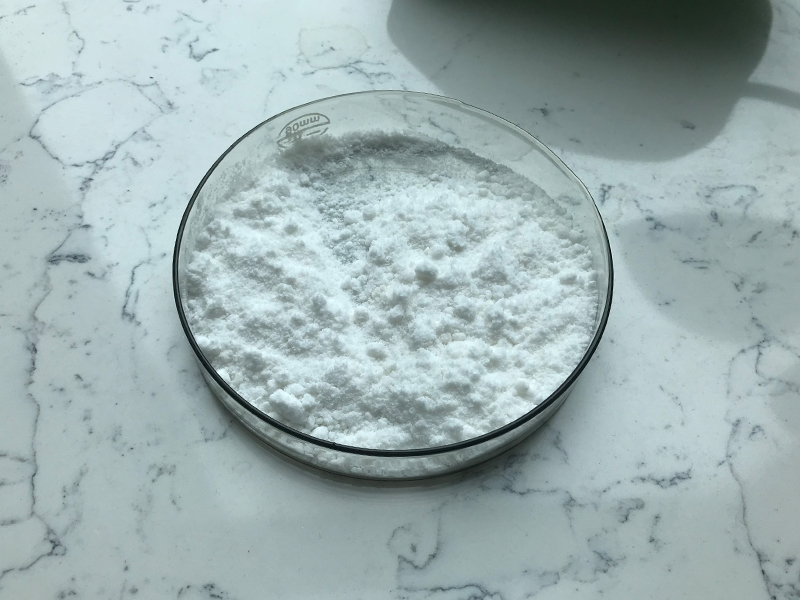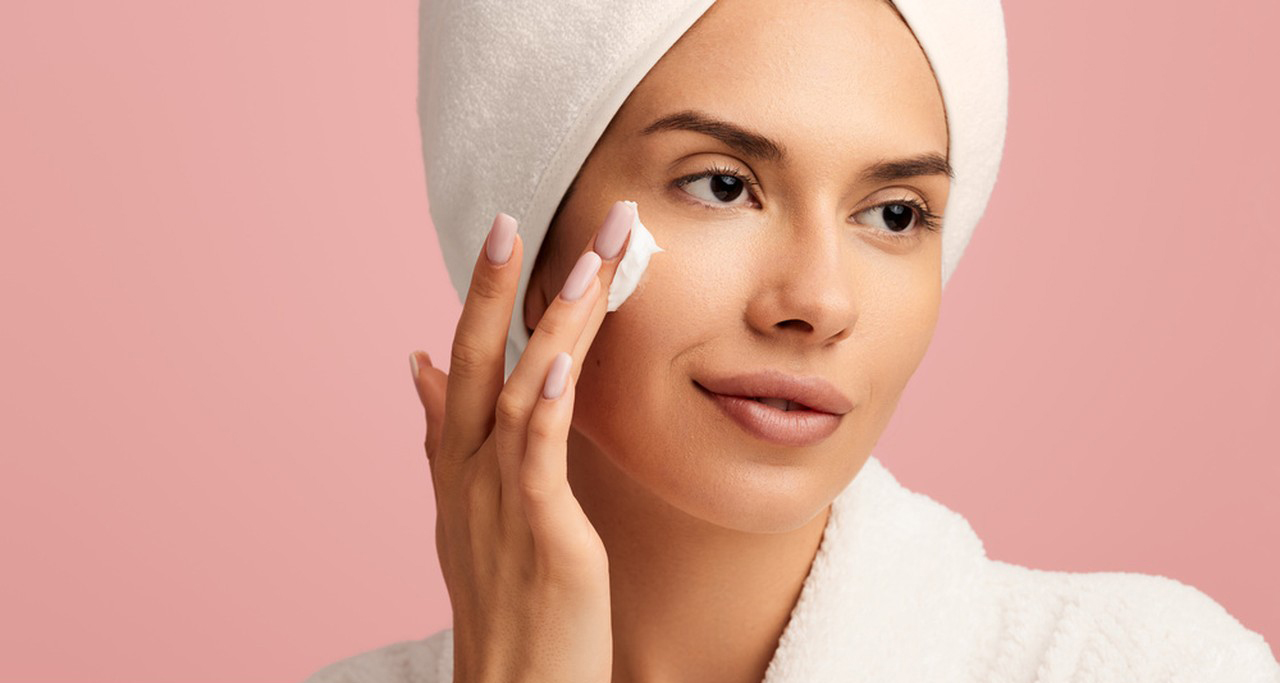Mandelic acid is an alpha hydroxy acid (AHA) derived from bitter almonds. It’s known for its gentle exfoliating properties and is commonly used in skincare products to improve skin texture, tone, and clarity. Mandelic acid helps to remove dead skin cells, promote cell turnover, and can also aid in treating acne and hyperpigmentation. Its larger molecular size compared to other AHAs, like glycolic acid, makes it less irritating and suitable for sensitive skin types.
How to use Mandelic Acid?
Mandelic acid is an alpha hydroxy acid (AHA) derived from bitter almonds. It is known for its gentle exfoliating properties and is often used in skincare to improve texture, reduce acne, and brighten the skin. Here’s how to use mandelic acid safely and effectively:
1. Choose the Right Product
- Serum or Toner: Mandelic acid usually comes in serums or toners. Concentrations range from 5% to 10%.
- Patch Test: Always do a patch test on a small area of skin, like behind the ear or on your wrist, to ensure you don’t have an allergic reaction.

2. Apply on Clean, Dry Skin
- Cleanse: Start by washing your face with a gentle cleanser.
- Dry the Skin: Pat your face dry before applying the mandelic acid. Acids work best on dry skin.
3. Application
- Start Slowly: If you’re new to AHAs or mandelic acid, begin by using it 2-3 times a week to allow your skin to adjust.
- Serum/Toner: Apply a small amount of the product evenly to your face. Avoid sensitive areas like the eyes and lips.
- Wait Before Layering: Let the mandelic acid sit for a few minutes to fully absorb before applying other products.
4. Follow with Moisturizer
- Hydrate: Since acids can be drying, it’s important to follow up with a moisturizer to keep your skin barrier healthy.
5. Sun Protection
- Sunscreen: Mandelic acid, like other AHAs, can increase your skin’s sensitivity to the sun. Always wear broad-spectrum sunscreen (SPF 30 or higher) during the day when using mandelic acid.
6. Frequency
- Gradual Increase: If your skin tolerates it well, you can increase usage to daily or every other day.
- Avoid Over-Exfoliating: Avoid using mandelic acid alongside other exfoliating ingredients like glycolic acid or retinoids on the same day.
7. Be Patient
- Results: Improvements in skin texture and tone typically take a few weeks of consistent use.

Key Considerations:
- For Acne-Prone Skin: Mandelic acid is beneficial for treating acne because of its antibacterial properties.
- Sensitive Skin: It is gentler than other AHAs like glycolic acid, making it suitable for sensitive skin.
- Avoid on Damaged Skin: Don’t use mandelic acid on broken, inflamed, or irritated skin.
By incorporating mandelic acid into your skincare routine gradually and following these steps, you can enjoy its exfoliating and brightening benefits with minimal irritation.
